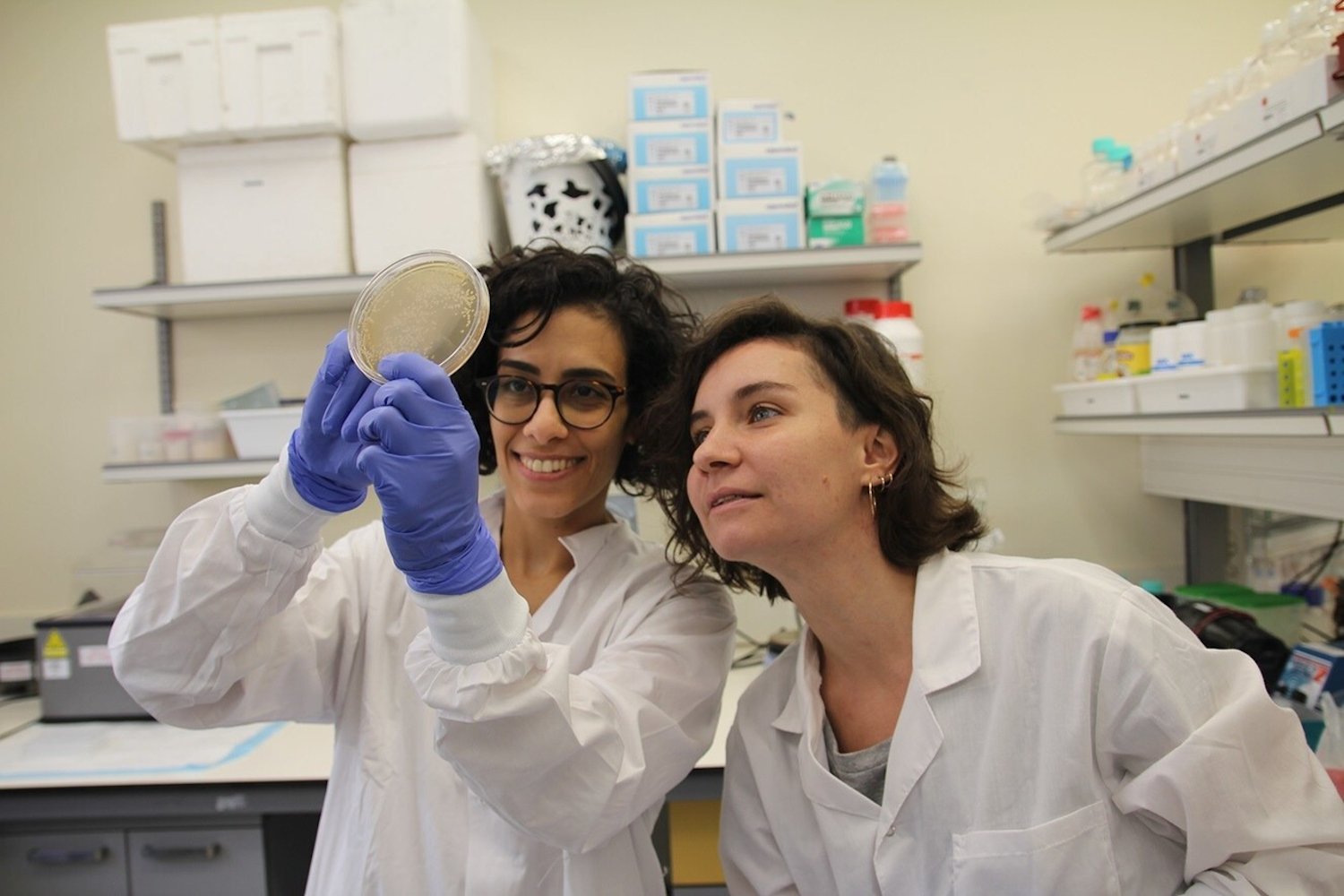Tuberculosis (TB) has tragically surpassed COVID-19 as the world’s leading cause of death from a single infectious disease, according to the World Health Organization’s (WHO) 2024 Global Tuberculosis Report. A staggering 8.2 million people received a new TB diagnosis in 2023, a record high since the WHO began tracking the disease in 1995. An estimated 10.8 million people fell ill with TB last year, resulting in approximately 1.25 million deaths.
WHO Director-General Tedros Adhanom Ghebreyesus expressed outrage at the preventable nature of this tragedy, emphasizing the availability of tools to prevent, detect, and treat TB. He urged global action to expand the utilization of these tools and finally eradicate the disease.
TB, caused by the bacterium Mycobacterium tuberculosis, spreads through the air and primarily affects the lungs. Acute TB often presents with respiratory symptoms such as chest pain, chills, and coughing up blood. However, the infection can also lie dormant for years, reactivating when the immune system weakens. Individuals with HIV are particularly susceptible to developing severe, life-threatening TB.
While COVID-19 remains a significant public health concern, recorded deaths have decreased considerably since 2022, with approximately 320,000 deaths reported last year according to WHO data. This decline allowed TB to surpass COVID-19 in terms of mortality, despite a slight improvement from the 1.32 million TB-related deaths in 2022.
The COVID-19 pandemic severely hampered TB screening and prevention programs, widening the gap between diagnosed and actual cases. However, progress has been made in closing this gap, which narrowed to an estimated 2.7 million cases in 2023, down from 4 million during the pandemic peak. Preventive treatment coverage for people living with HIV has also seen improvement.
A growing threat is the emergence of drug-resistant TB. An estimated 400,000 people had multidrug-resistant or rifampicin-resistant TB in 2023, yet only around 44% received diagnosis and treatment. While treatment success for these complex cases has risen to 68%, it underscores the urgent need for improved diagnostic and treatment strategies. Data also indicates a resurgence of TB in the United States.
Global TB control and prevention efforts lag behind WHO targets, and research funding for improved drugs and vaccines remains critically low. Addressing these shortfalls is essential to effectively combat the disease.
Tereza Kasaeva, Director of WHO’s Global Tuberculosis Program, highlighted the multifaceted challenges, including funding gaps, financial burdens on affected individuals, climate change, conflict, migration, pandemics, and the rise of drug-resistant TB, a major driver of antimicrobial resistance. She called for a united effort across all sectors and stakeholders to tackle these issues and intensify efforts against this devastating disease.
In conclusion, the resurgence of tuberculosis as the leading infectious disease killer underscores the urgent need for increased global commitment and investment in prevention, diagnosis, and treatment strategies. Closing the gap between diagnosed and actual cases, addressing drug resistance, and supporting research for new interventions are crucial steps toward achieving the WHO’s goal of eradicating TB.











